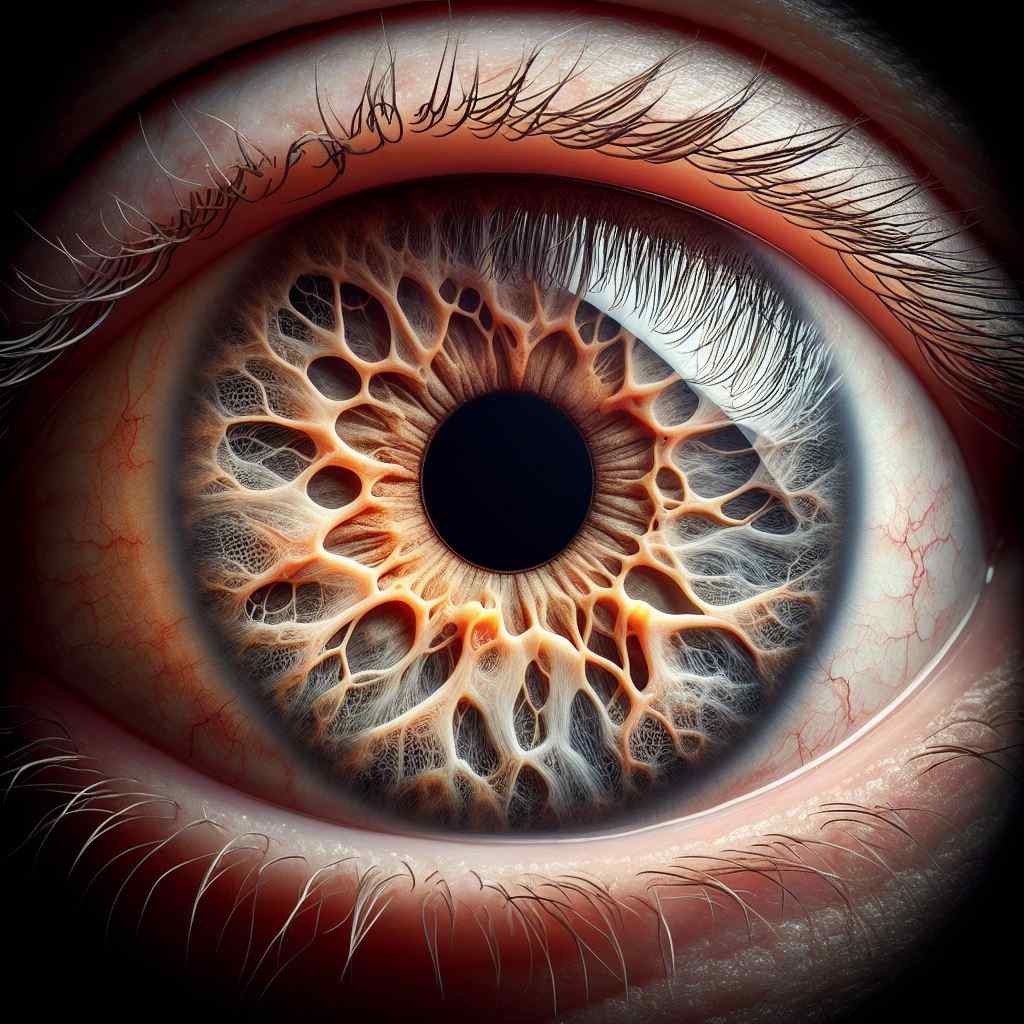
Navigating Chorioretinal Dystrophies: An In-Depth Exploration
Chorioretinal dystrophies encompass a diverse group of inherited retinal disorders characterized by progressive degeneration of the choroid and retina. These conditions pose significant challenges in diagnosis and management due to their genetic heterogeneity and variable clinical presentations. This article aims to provide a comprehensive review of chorioretinal dystrophies, covering their classification, pathophysiology, clinical manifestations, diagnostic modalities, treatment options, and recent advancements in research.
Introduction: Chorioretinal dystrophies represent a spectrum of inherited retinal diseases characterized by progressive degeneration of the choroid and retina. These disorders encompass a wide range of clinical entities, including retinitis pigmentosa, Stargardt disease, and Best vitelliform macular dystrophy, among others. While individually rare, collectively, chorioretinal dystrophies constitute a significant cause of visual impairment and blindness worldwide.
Classification: Chorioretinal dystrophies are classified based on various criteria, including the mode of inheritance, affected retinal layers, and underlying genetic mutations. Common classifications include cone-rod dystrophies, rod-cone dystrophies, macular dystrophies, and pattern dystrophies. Each subtype exhibits distinct clinical features, inheritance patterns, and prognostic implications.
Pathophysiology: The pathogenesis of chorioretinal dystrophies involves genetic mutations affecting retinal function, photoreceptor integrity, and retinal pigment epithelium (RPE) function. Mutations in genes encoding proteins essential for phototransduction, visual cycle metabolism, and RPE phagocytosis contribute to progressive retinal degeneration and vision loss. Emerging evidence also implicates cellular stress, oxidative damage, and inflammation in disease progression.
Clinical Manifestations: Clinical manifestations of chorioretinal dystrophies vary widely depending on the specific subtype and stage of disease progression. Common symptoms include nyctalopia (night blindness), progressive visual field loss, photophobia, and decreased visual acuity. Fundoscopic examination may reveal characteristic findings such as pigmentary changes, retinal vessel attenuation, and macular atrophy.
Diagnostic Modalities: Diagnosing chorioretinal dystrophies relies on a combination of clinical evaluation, genetic testing, and imaging studies. Electroretinography (ERG) and visual field testing are valuable tools for assessing retinal function and detecting early disease changes. Optical coherence tomography (OCT), fundus autofluorescence (FAF), and genetic sequencing aid in confirming the diagnosis and elucidating disease mechanisms.
Treatment Options: Currently, there are limited treatment options available for chorioretinal dystrophies, and management primarily focuses on supportive care and symptom alleviation. Genetic counseling and family planning play a crucial role in addressing hereditary implications and guiding patient management. Emerging therapies such as gene therapy, stem cell transplantation, and pharmacologic interventions hold promise for halting disease progression and restoring vision in the future.
Recent Advancements: Recent advancements in chorioretinal dystrophy research have revolutionized our understanding of disease mechanisms and therapeutic targets. Genome-wide association studies (GWAS) have identified novel genetic loci associated with disease susceptibility and severity, providing insights into disease pathogenesis and potential therapeutic interventions. Additionally, advances in gene editing technologies, including CRISPR-Cas9, offer new avenues for precise gene correction and personalized medicine in chorioretinal dystrophies.
Conclusion: In conclusion, chorioretinal dystrophies represent a complex and heterogeneous group of inherited retinal disorders with profound implications for visual function and quality of life. By elucidating disease mechanisms, advancing diagnostic techniques, and developing targeted therapies, we can strive towards improving outcomes and enhancing the lives of individuals affected by chorioretinal dystrophies.
Links:


